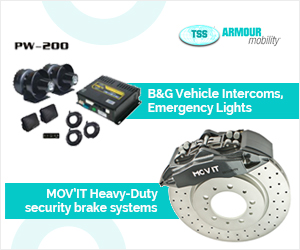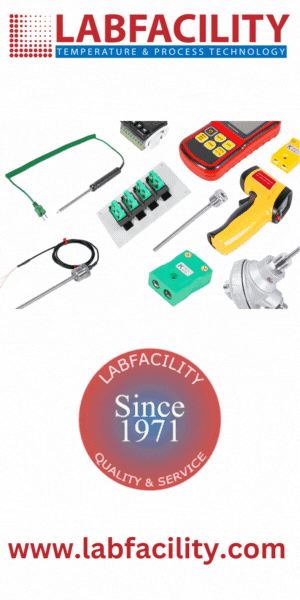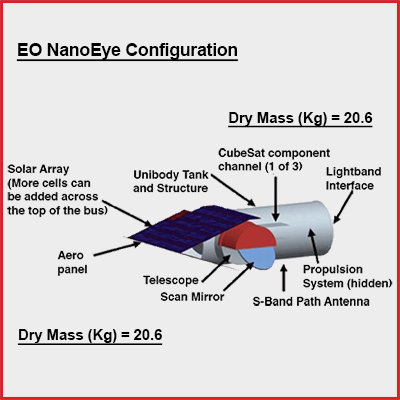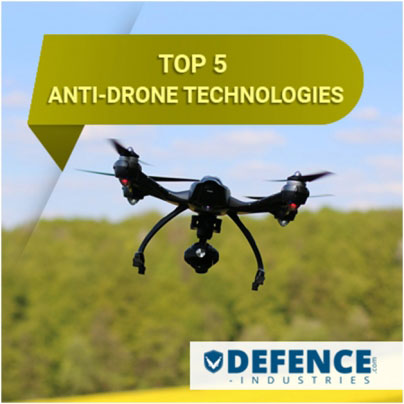Future Warfare Technologies and Technologies used in World War I and II
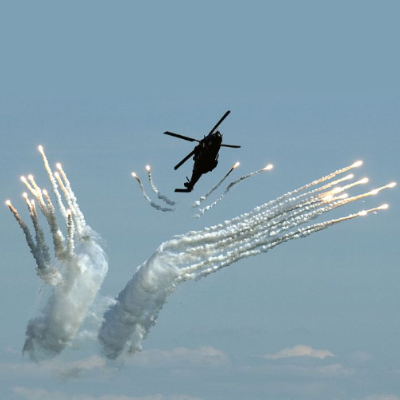
Mutual Defense Alliances, Militarism, Imperialism and many other reasons were accounted for the root cause of the death spree of more than 9 million combatants and 7 million civilians in the World War I and more than 60 million people in the World War II but the crucial role of technology is something never to be downsized. Check how and what kind of technology leaded the World Wars and if the plotting is getting set for the next war what could be the technology war zone going to experience?
World War I Technology
Poison Gas
Poisonous gas always takes the high priority among the most intimidating cases of World War I. The battle ground experienced various kinds of fears with various gases like chlorine, Phosgene and mustard gas. Chlorine that smells like the result from the blend of pepper and pineapple is effective in causing eye irritation, cough, vomiting and death (high concentration). Garlic smelling mustard gas damages skin, eyes and leads to blistering, while the colorless Phosgene leads to suffocation and tough to breathe condition after reacting with lung alveoli proteins.
Tanks
In order to abate the effects from Western Front trench warfare, tanks were used. Despite mobility on the rough terrains was a dire concern, it was wore down by the next version of tanks developed by the British who accomplished victory over Germany with the tanks help.
Rifles and guns
In the development of advanced guns and rifles, World War I was quite one potential reason, due to which Lewis Gun resulted alongside the Rifles like Mannlicher-Carcano, Lee Enfield, Bolt Action Rifle etc. However, machine guns dominated on the trench warfare.
Air Warfare
It is a misconception if one thinks land and sea were the only two battlefields shared the World War, the sky also took a huge share of it. The Allies Powers initially used the fighter planes named Farman MF-7 and MF-II, later they used Voisin III and Voisin V. German's Zeppelin aircraft was a dominant till the foray of Britain's anti-aircraft guns, and then, Hugo Junkers utterly changed the scenario with the first all metal plane Junkers D-1.
Naval Warfare
The acquisition of Naval Warfare HMS Dreadnought by the Britain to the existing weapons reinforced their fleet. Germany kept its effort on building advanced submarines, The German U-boats are popular in acting against to British merchant vessels.
World War II Technology
Almost all technologies were customized during the World War II starting off from Weaponry, Industry, Logistical support, Intelligence, Communications and Medicine.
Weaponry: Ships, aircrafts, vehicles, rocketry, artillery, small arms; chemical, biological, and atomic weapons
Medicine: Chemical medicines, techniques and surgical innovations
Logistical support: Vehicles to transport soldiers and supplies, such as trucks, trains, ships and aircrafts
Industry: Technologies acquired by factories, industries and distribution centers.
However, the two important technologies changed the traditional war mechanism were Radar and Bombsights.
Radar
Radar is a system that detects the object with the help of radio waves reflected from the object. The system determines objects direction, range, altitude and speed.
Two types of Military radar used in combat include;
Detection Radar and Fire Control Radar; Early warning detection of aircrafts and ships is the purpose of detection radar, while Fire Control Radar was mostly used by night fighters in order to locate the exact position of previously detected object.
Bombsights
Bombsight is a device that drops bomb on the target from the air after sighting it. Bombsight has to be adjusted for the aircraft's air speed and altitude.
Future Warfare Technology
The future warfare technology will push the frontiers with the greater ramp up of unmanned aerial vehicles or drones. Various kinds of remote controlled machines and autonomous robots take a major share from the fleet. Based on the estimations, the following are the military technologies rule our future.
Meshworm
Made up of synthetic fibrous material, meshworm is a fingertip sized tiny robot that can able to collect the audio/video data alongside information regarding temperature.
Microwave ray gun
Microwave ray gun is developed to inject sound into a person’s head from the longer distances. As the waves hit the person through the skull rather than ears, it is envisioned as inevitable to escape from the attack.
Space-Based Laser
Space-Based Laser works in a two way method; sends powerful damaging beam to the target enemy site and protects from the enemy attacks.
Bipedal robots
These self managing robots are manufactured to enter into the danger zone buildings while avoiding obstacles.
Flybot
This lightning bug sized flybot is sent to detect chemical bombs in the dangerous zones. It weighs even less than a pin and is manageable through a remote controller.
Image Source: www.saabgroup.com


